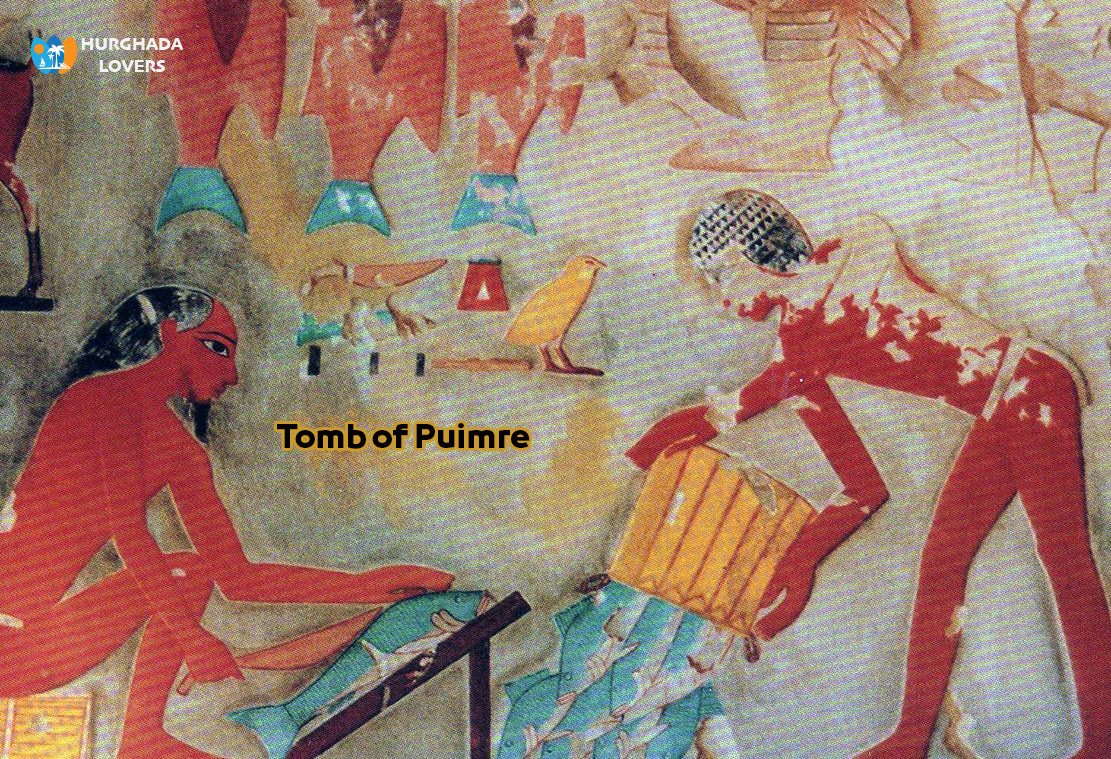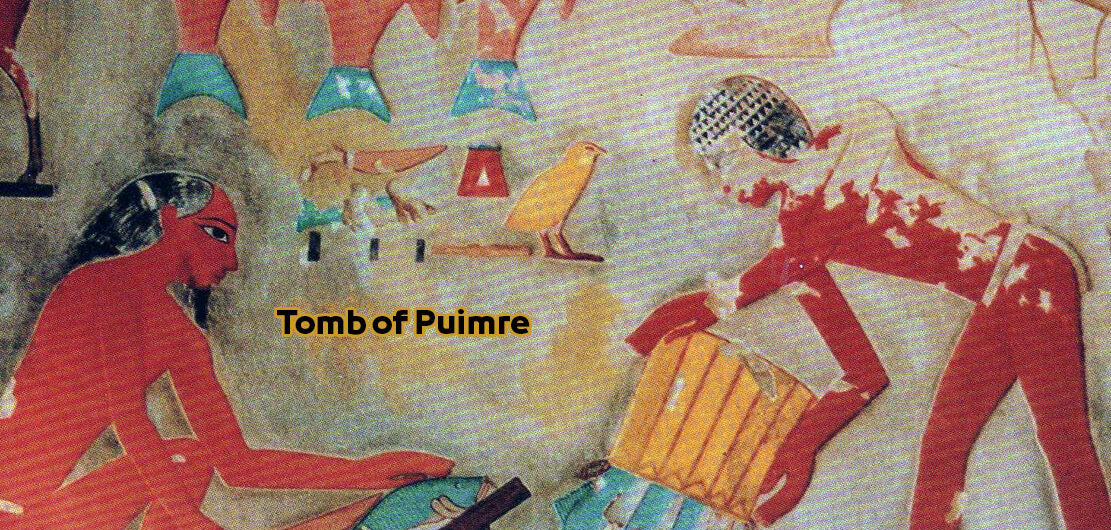Tomb of Puimre “Puyemre” in Tombs of El Khokha – Theban Tombs, Luxor, Egypt – Egyptian Tombs
The most famous Egyptian Pharaonic tombs in the ancient Egyptian civilization.
The priest Bumera worked as a priest in the temple of the God Amun, the most famous of the Egyptian deities – Ancient Egyptian gods and Goddesses in the Ancient Egyptian religion during the reign of King Thutmose III “Egyptian Pharaohs kings” of the Eighteenth Dynasty of Egypt in the era of The New Kingdom of Egypt.
Tomb of Puimre Facts
Facts and history of the construction of the tombs of the noble Pharaohs in the Thebes Necropolis in the ancient Egyptian civilization, the 18th dynasty, the design of the tomb, visiting hours, entrance ticket prices and more about Ancient Egypt History…
Tomb of Puimre is located in the Khokha area, and it is an integral part of the large Theban necropolis located on the west bank of the Nile River opposite the Pharaonic city of Luxor. This tomb is also the place designated for the burial of the ancient Egyptian official in the era of the Pharaohs, Bomera..
The corridor that leads you to the tomb of Bumerea contains approximately eight panels, six of which actually contain biographical texts of the priest of Bumerea..
The corridor was also decorated with a number of illustrated scenes that actually depicted the existence of both the gardens and workshops of the temple of the god Amun (“Industry in ancient Egypt) and a group of different Scenes Agriculture in Ancient Egypt.
Other scenes in the hall include a banquet and a recording of how different Nubia products were made to be placed in the treasury of Amun, indicating the development of Architecture in ancient Egypt & Sculpture in Ancient Egypt.
We also find that the son presents a group of flowers to the priest Bomiraa and his wife, the ancient Egyptian lady Sensini, while there was a scene in that hall, but another and different one, where Bomiraa accompanies his wife Tanafert while they are inspecting all the products..
We also find that in another scene, the priest Bomiraa and his wife Senseneb appear, and they are actually inspecting a group of those other elements, including geese, fish, agricultural products, and so on..
Also inside the southern room, both sons and daughters were shown presenting a set of gifts for her New Year celebrations (Festivals in Ancient Egypt) with his wife, Lady Senseneb, who was pictured on one of the walls in the tomb, and his wife Tanifret was actually standing on the other side..
The story of building a cemetery
In fact, the tomb of the priest Bomera dates back to the era of rule in the New Kingdom in the Eighteenth Dynasty, specifically during the reign of King Thutmose III, the most famous of the pharaohs “He has The Funerary Temple Of King Thutmose III and the Tomb of King Thutmose III | KV34 within the tombs of the Valley of the Kings“.
During his early career, the priest Pumerre was the second special and distinguished priest of the god Amun and was responsible during the reign of Queen Hatshepsut, the most famous queen of Pharaonic Egypt “Female Pharaohs“, for building and constructing all those external works within the scope of Mortuary Temple of Hatshepsut and Tomb of Queen Hatshepsut | KV60.
How was the architectural construction of the tomb of Bumera?
The tomb of the priest Boumera, with its very wonderful architecture that was adopted in the construction of this tomb, is unique..
Where there was a columned portico and at the same time you see that transverse hall which was responsible for leading you to the presence of three large halls in size unique in their kind.
This is of course if we compare it with all the other typical tombs that were built in the shape of the letter T during the reign of the Eighteenth Dynasty..
That great portico had been rebuilt before, as it was an ancient portico, which was quite common in all those Pharaonic tombs that were actually going to be rebuilt..
This corridor was also supported in the ceiling by a group of columns, in which there were texts about the life of the deceased written and drawn between the columns. These scenes remained there until they were discovered..
All three sides of the tomb of the priest Bomiraa, whether the southern, northern or even central ones, are filled with a number of decorations that at that time captured a range of different scenes..
Research and studies also indicate that Boumerda’s wives were very important to him, in a very real way, because they appeared on almost every wall where the painter depicted them doing something different every day..
Note: Facts and secrets of the history will be added soon…
Hurghada Excursions Lovers, Best Travel Agency in Hurghada to provide daily tours to visit the Tourist attractions of Luxor by Hurghada to Luxor Tours and Hurghada to Pyramids Trips. Book online when you come to Hurghada, El Gouna, Sahl Hashish, Makadi Bay, Soma Bay, Egypt Tours Packages.

